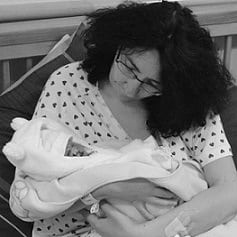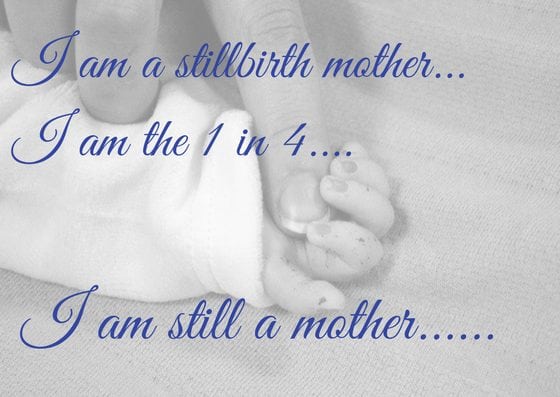Hyper fertility is diagnosed when a woman’s reproductive system is over stimulated which means any combination of egg and sperm will fertilise and then try to implant, so they will start producing pregnancy hormones which in turn triggers a positive pregnancy test. But because of the over stimulation the implanted embryo fails to grow and develop properly and an early miscarriage happens, always around 5-6 weeks.
Occasionally a woman with hyper fertility will have a few months in her reproductive lifetime where everything is in perfect alignment and the right conditions to allow a pregnancy to develop completely normally, and she will go on to have a baby with no problems. Many women diagnosed with hyper fertility who have had lots of early miscarriages suddenly without rhyme or reason have a perfect, normal and healthy baby out of the blue, but they then may go on to have further early losses after this.
Hyper Fertility Markers
- Periods often start at a very young age, usually around 9-10 years old.
- Cycles are textbook regular, always 27-28 days in duration.
- After a miscarriage up to 24 weeks, periods often return exactly 28 days later after the miscarriage occurs.
- After a stillbirth or full term pregnancy (post 24 weeks) locia (bleeding) occurs for up to 2 weeks or more. With hyper fertility locia will last a week to ten days, and periods will return exactly 27-28 days later from the last day of locia occurring. The only exception to this is if the mother breastfeeds post-partum.
- There is no natural decline of egg quality or egg reserves with age. A woman in her early 40’s will typically have egg quality and an egg reserve of someone in their early to mid 30’s. AMH and FSH blood tests will detect egg quality and egg reserves.
- The lining of the womb in a woman with hyper fertility will need to be brought back to optimum levels by using progesterone pessaries, typically 200mg, from day 21 of her cycle if she is trying to conceive. She should take a pregnancy test at 27-28 days and if the test is negative, stop the pessaries in order for her period to start. If she tests positive, she should up the dose to anything from 400mg to 800mg. A mild dose or course of steroids can also help prepare the lining of the womb for a pregnancy to implant successfully.
- A woman with hyper fertility will often experience losses at a very early stage after implantation, typically 7-10 days after finding out she is pregnant if she is testing for pregnancy using today’s sophisticated early tests. This is due to the lining of the womb being over stimulated and the embryo not being able to implant, attach and grow successfully.
- Occasionally, even without treatment, the lining of a woman’s womb some months will allow implantation to occur and a pregnancy to develop normally.
If you suspect you might be hyper fertile, you can be referred to Professor Jan Brosens and Professor Siobhan Quenby in the UK at the recurrent miscarriage clinic at Coventry and Warwickshire Hospital. Visit www.uhcw.nhs.uk/ivf/gp-information for more information and to find out how to be referred.










